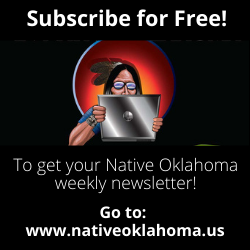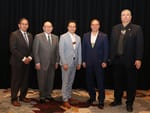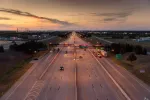

Cole reaffirms commitment to solving missing and murdered Indigenous persons crisis
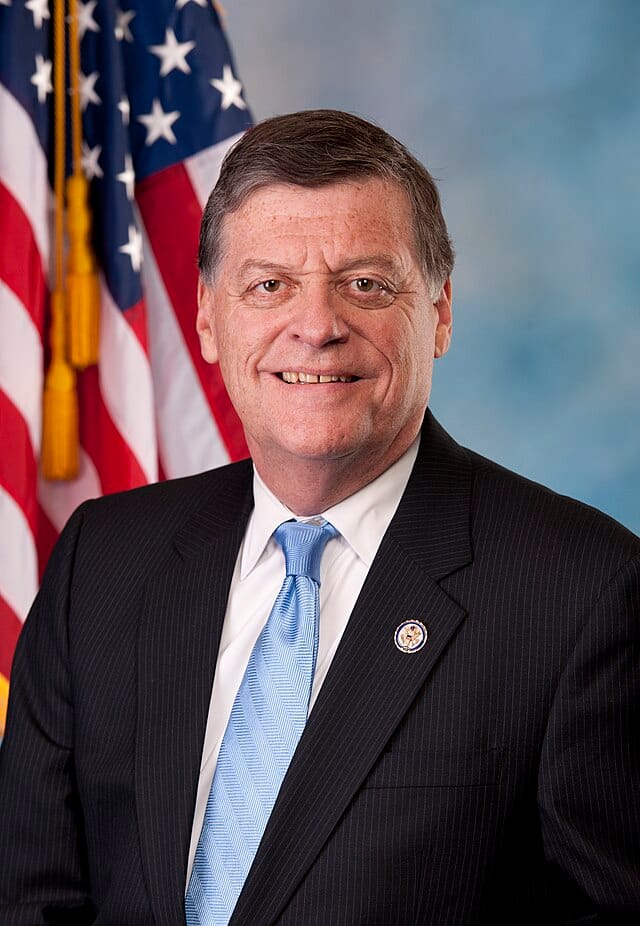
By Kevin Eagleson Gaylord News
There are 86 missing Indigenous persons in Oklahoma, according to data from the National Missing and Unidentified Persons Systems.
At a Nov. 20 House Committee on Appropriations, Subcommittee on Interior, Environment and Related Agencies hearing, Appropriations Chairman Rep. Tom Cole (R-Moore) reaffirmed his commitment to ensuring the federal government is working to provide resources and services to combat the issue.
“Because of the extreme lack of resources, statutory roadblocks and several other barriers, this crisis won’t be solved without the work and partnership of leaders of the federal, state, tribal and local law enforcement,” Cole said.
“To put it into perspective I use the phrase: ‘Fishermen know where to fish, hunters know where to hunt, predators know where to prey.’ We can’t give predators a place to prey anywhere, but especially in Indian Country.
“I have been – and will remain – committed to ensuring the federal government provides the services and resources needed to protect Native Americans throughout Indian Country,” he said.
According to data from the National Missing and Unidentified Persons Systems, there are at least 875 missing Indigenous persons cases across the nation. Oklahoma has the third-highest number of cases behind Alaska which has 329 and Arizona which has 92.
The subcommittee’s ranking member, Rep. Chellie Pingree (D-Minnesota), said the Bureau of Indian Affairs estimates there are 4,200 missing and murdered cases that have gone unsolved.
According to the 2016/2017 Report on Sexual Violence by the Centers for Disease Control and Prevention, over 43.7% of Indigenous women are raped in their lifetime.
During the subcommittee hearing, Cole mentioned the need for increasing data collection, record keeping and reporting to understand the issue properly. He also reiterated the need for collaboration between law enforcement agencies at all levels.
“It will require sufficient awareness and resources to solve this crisis once and for all,” said Cole, who is a citizen of the Chickasaw Nation and one of four Native Americans in the House.
He stated his support for two bills that were signed into law in 2020 that aimed to increase data collection on missing and murdered Indigenous people.
Sponsored by Sen. Catherine Cortez Masto (D-Nevada), the Not Invisible Act, or S.982, increases coordination efforts to reduce violent crime against Indigenous individuals and on Indigenous land. It requires the Department of Interior to designate an individual in the Bureau of Indian Affairs to coordinate efforts.
The law also requires the Department of Justice and the Department of Interior to establish a joint commission on crime against Indigenous people and crime on Indigenous land. They must also provide written recommendations for combatting such crimes and for identifying, reporting and responding to instances of missing persons, murder and human trafficking.
Savanna’s Act, or S.227, sponsored by Sen. Lisa Murkowski (R-Alaska), directs the Department of Justice to review, revise and develop law enforcement and just procedures to address missing or murdered Indigenous people.
The bill requires the Department of Justice to provide training on how to record victims in federal databases, develop and implement a strategy to educate the public on databases, conduct outreach, develop regional guidelines on responding to such cases and report statistics on missing or murdered Indigenous people.
The bill also authorizes the Department of Justice to provide grants to develop and implement policies and protocols for missing and murdered Indigenous persons cases and to compile and report data relating to the cases.
The fiscal year 2025 House Interior Appropriations bill, which has passed the House Appropriations Committee but has not reached the floor of the House, provides an increase in funding for the Bureau of Indian Affairs.
The bill provides an increase in $191 million for Bureau of Indian Affairs Public Safety and Justice programs, including $141 million for Criminal Investigations and Police Services.
The bill, if passed, will also bring the total amount of funding for the Missing and Murdered Indigenous Women Initiative to $30 million because of an additional $13.5 million in fiscal year 2025.
“These steps are just the beginning. Beyond the interior bill, I vow to continue to do all that I can to support all the federal agencies that are working to address this crisis,” Subcommittee on Interior, Environment and Related Agencies Chairman Rep. Mike Simpson (R-Idaho) said.
Kevin Eagleson is reporting from Gaylord News’ Washington bureau this fall as part of an OU Daily scholarship.
Gaylord News is a reporting project of the University of Oklahoma Gaylord College of Journalism and Mass Communication. For more stories by Gaylord News go to GaylordNews.net

National Football League and Nike partner with the Native American Athletic Foundation to bring all-star game to the Ford Center at The Star, the world headquarters of the Dallas Cowboys

Now accepting applications from American Indian high school athletes; Deadline to apply is Dec. 6th at 5 p.m.
FRISCO, Texas—Seventy Native American athletes from across the country will be selected to participate in the 2025 Native American All-Star Football Game on January 7, 2025, at The Star in Frisco, Texas, the Dallas Cowboys world headquarters. The game will be produced by the Native American Athletic Foundation (NAAF) in partnership with the National Football League and Nike.
From January 3-7, 2025, top Native American high school athletes from across the United States will gather at The Star for high-quality coaching, college preparation, leadership training, life skills and positive coping tools, all designed to inspire and prepare them for future success.
“We are excited and honored to work with the NFL to make an impact in the lives of Native athletes,” said Michael Stopp, Executive Director, NAAF. “Our organization was established to use sports to develop the next generation of leaders in Indian Country. This partnership and this year’s game take an important step forward in meeting our mission.”
Players must be enrolled in an American Indian Tribe and be a senior who has completed their last year of high school football. The application deadline for players is December 6th, 2024, at 5 p.m. The application can be found at the NAAF's website, nativeamericanathleticfoundation.org.
As the Dallas Cowboys world headquarters and practice facility, the Ford Center provides a once-in-a-lifetime experience for these young people, many of whom are traveling from Tribal reservations in remote areas. Playing on the same field as NFL professionals will help reinforce their commitment to sports, education, and community leadership.
“The Native American All-Star Football Game provides a unique opportunity to celebrate the diversity and talent within our game while fostering the development of the next generation of leaders,” said Roman Oben, NFL vice president of football development. “Through this partnership, we aim to create a lasting impact by giving Native athletes the same opportunities to succeed both on and off the field. This also reflects the NFL’s commitment to building character, promoting inclusivity and strengthening communities across the country.”
“Nike will provide uniforms for the Native American All-Star Football Game and Camp as part of its efforts to grow the game of football, and sport in general, among Native American and Indigenous youth – a core tenet of its ongoing Nike N7 efforts,” said Scott Hanson, Nike brand director. “As a champion for athletes and sport, Nike is committed to building inclusive communities, breaking down barriers to access for athletes around the world, and expanding sport for the next generation.”
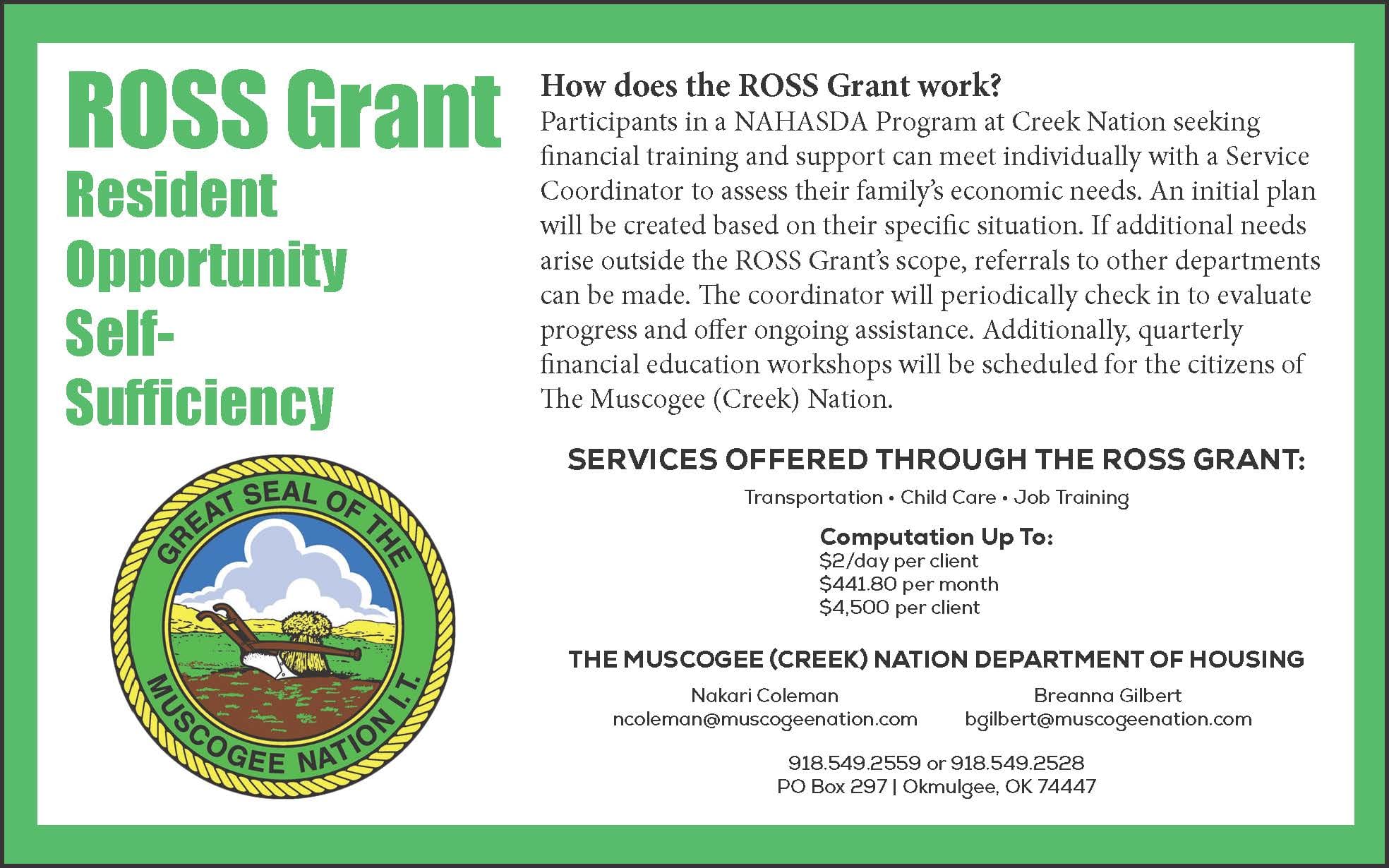
Downstream Casino Resort Unveils Spectacular Life-Size Gingerbread House for the Holidays
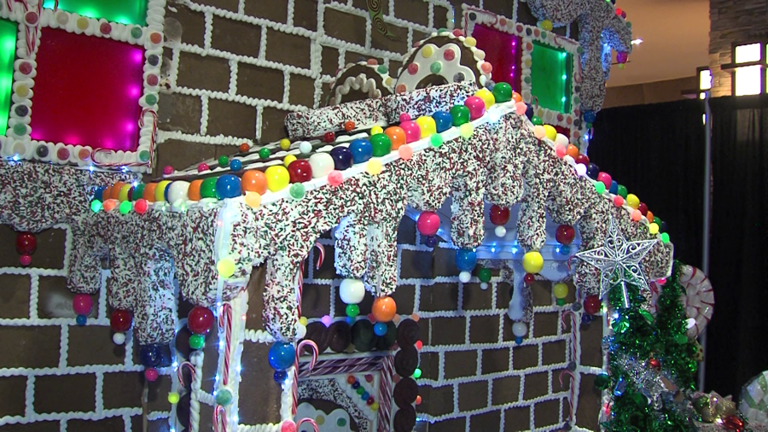
Quapaw, Oklahoma — Downstream Casino Resort, renowned for its unparalleled guest experiences, is bringing the magic of the holidays to life with an extraordinary, life-size gingerbread house, making its second debut this holiday season. This festive masterpiece, located inside the hotel lobby, is set to captivate guests of all ages with its enchanting design and mouthwatering aroma of gingerbread and holiday spices.
Crafted by Downstream’s talented pastry chefs, the gingerbread house stands at an impressive 12-foot height, and spans 10 feet wide. Every inch is meticulously adorned with edible decorations, including shimmering gumdrops, colorful candies, and hand-piped royal icing, all combining to create a breathtaking display of holiday cheer.
“Creating this gingerbread house has been a labor of love and a testament to the creativity and craftsmanship of our team,” said Executive Pastry Chef, Becca Foy. “We wanted to bring something truly magical to the casino this season, and this life-size gingerbread house is a centerpiece that everyone can enjoy.”
The gingerbread house will be on display from Thursday, December 5 to Thursday, January 2. offering guests a unique photo opportunity and the chance to immerse themselves in the wonder of the season. In addition to the display, the resort will host a variety of holiday-themed activities, including:
• Sugar Cookie Decorating: Guests can channel their inner pastry chef by creating their own sugar cookie ornaments to put on the Christmas tree. Sugar cookie kits are sold at Ma-Ko-Sha.
• Holiday Treat Tasting: A selection of the resort’s finest seasonal desserts and beverages will be available for sampling during the unveiling of the gingerbread house on Thursday, December 5 at 6pm
Guests are invited to experience the gingerbread house and the resort’s full lineup of holiday festivities. Entry to view the display is complimentary, and open to guests of all ages.
For more information about Downstream Casino Resort’s holiday events or to book a stay, visit downstreamcasino.com or call 918.919.6000.
Harvey Pratt is Oklahoma's leading forensic artist
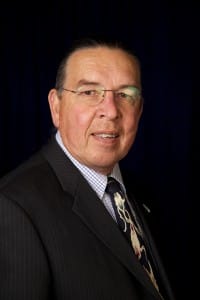
Harvey Pratt is a Cheyenne and Arapaho tribal member and is recognized as an accomplished Native American artist. His artistic talent has earned him numerous awards for his ability to express stories of life, art and religion of the Native American people in a variety of medias. Pratt has been recognized by the Cheyenne people as Outstanding Southern Cheyenne and was inducted into the Southern Cheyenne Chiefs Lodge as one of the traditional Cheyenne Chiefs.
Pratt was born in El Reno, Oklahoma in 1941, and joined the Midwest City Police Department in 1965. As a Midwest City Officer, he did his first witness description drawing of a homicide suspect resulting in an arrest and conviction. Pratt joined the Oklahoma State Bureau of Investigation (OSBI) in 1972 as a narcotics officer and retired in 1992 as Director of the Information Services Division. Pratt is also known for having designed the OSBI seal, badge and flag.
Having spent over 43 years in law enforcement, Pratt has completed thousands of witness description drawings and hundreds of soft tissue reconstructions. His police forensic artwork has aided thousands of criminal investigations and led to arrests and identification of unidentified bodies.
Harvey Pratt is a nationally and internationally recognized expert in forensic art. His skills involved him in many high-profile murder cases such as "The Green River Killer", Ted Bundy, and Henry Lucas. Pratt is currently a police forensic artist for OSBI and the only full-time police forensic artist in Oklahoma.
Considered a leading expert, Pratt has pioneered interview techniques used in law enforcement agencies across the United States. Pratt's witness memory enhancement interview technique aids not only in the drawing of facial features but extracts additional suspect information that has proven to expedite investigations and aid in narrowing the suspect list.
Pratt has used innovative techniques to create soft tissue reconstruction of unidentified bodies to create facial images of the victim in order for the public to view and identify the bodies. Pratt has developed and enhanced skull reconstruction, skull tracing, age progression, photo alteration and restoration and enhancement techniques for photos.
